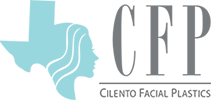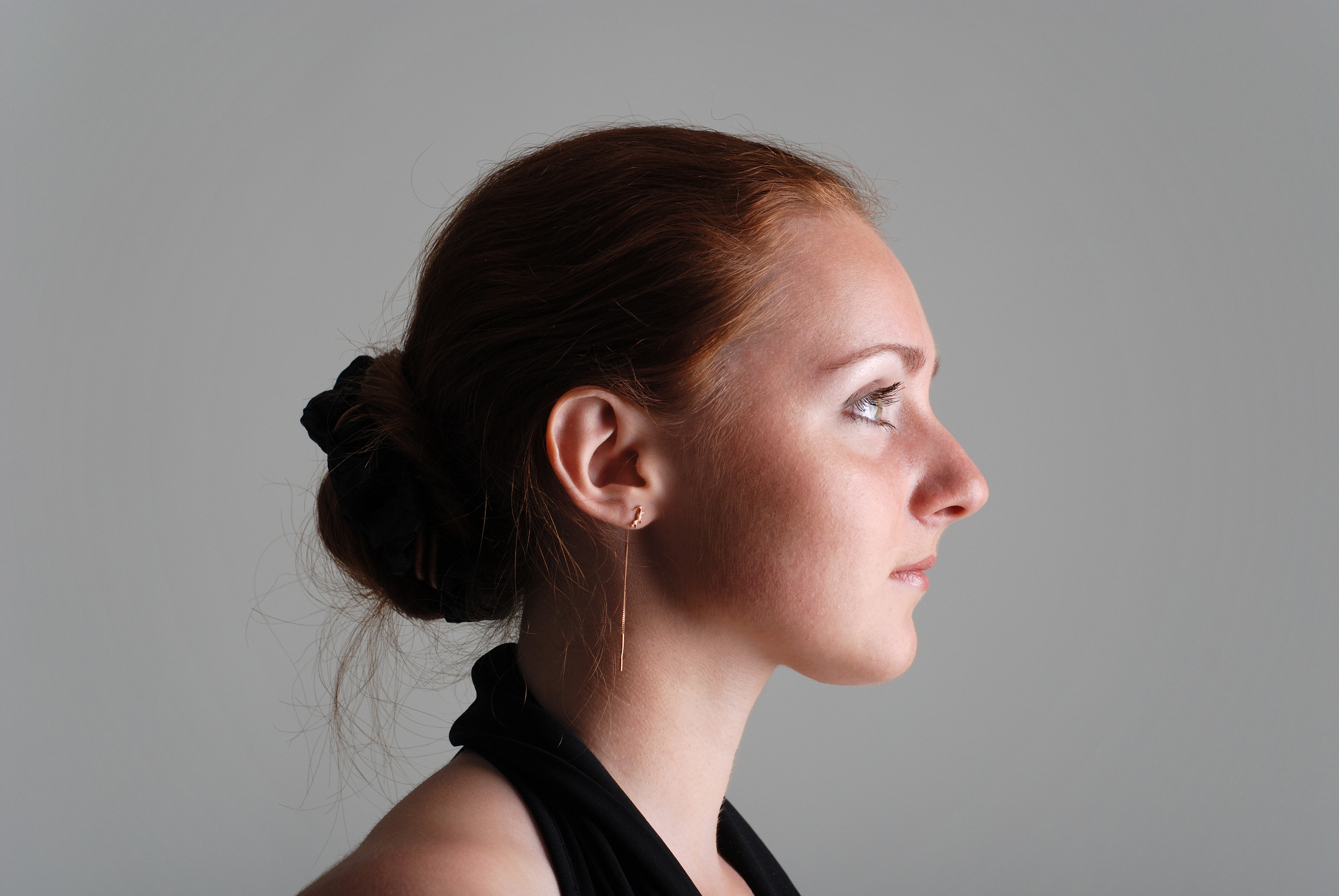Avoiding common complications is the top priority for anyone considering facial surgery in Houston, Spring, and The Woodlands. Whether you’re exploring primary rhinoplasty or seeking revision rhinoplasty, understanding how to minimize risks and achieve a smooth recovery is essential. With the right preparation, trusted expertise, and individualized care, you can enjoy the aesthetic and functional benefits of nasal refinement without unnecessary setbacks.
Understanding Rhinoplasty and Revision Rhinoplasty
Rhinoplasty—often called a “nose job”—is one of the most popular facial plastic surgery procedures in Texas. Patients may pursue primary rhinoplasty to enhance nasal shape, correct breathing issues, or address congenital concerns. When initial results fall short of expectations or functional problems persist, revision rhinoplasty becomes the next step. This advanced procedure requires heightened precision to correct asymmetries, scar tissue, or structural irregularities without compromising nasal support.
Dr. Ben Cilento, featured in his bio, is a double board-certified facial plastic surgeon renowned for both cosmetic and reconstructive expertise. His decades of experience ensure that every rhinoplasty—whether ethnic rhinoplasty, functional rhinoplasty, or closed rhinoplasty—prioritizes safety and natural-looking outcomes.
Common Complications in Rhinoplasty Procedures
Even the most qualified surgeons must remain vigilant against potential complications. Understanding these risks can help you ask the right preoperative questions and choose a surgeon who takes comprehensive precautions.
- Infection: Though rare—occurring in less than 1% of cases according to the American Society of Plastic Surgeons—infections can lead to prolonged healing if not properly managed.
- Excessive Bleeding or Hematoma: Postoperative bleeding under the skin can cause pain, swelling, and bruising. Surgeons employ meticulous hemostasis and sometimes nasal packing to minimize this risk.
- Poor Wound Healing & Scarring: Smokers and patients with certain medical conditions may face delayed healing. Strategic incisions—such as those used in closed rhinoplasty—can reduce visible scars.
- Septal Perforation: A hole in the septum can cause chronic dryness, crusting, or whistling sounds when breathing.
- Functional Impairments: Some patients experience postoperative nasal obstruction, requiring functional rhinoplasty to restore airflow.
- Unsatisfactory Aesthetic Outcome: Asymmetry, over-resection, or persistent dorsal humps may necessitate revision rhinoplasty.
Proven Strategies for Avoiding Common Complications
1. Choose an Experienced, Board-Certified Surgeon
Certifications matter. Dr. Ben Cilento is double board-certified by the American Board of Facial Plastic and Reconstructive Surgery and the American Board of Otolaryngology. His specialized training in facial anatomy and advanced techniques dramatically reduces complication rates. Before booking, verify credentials via organizations like the American Board of Medical Specialties.
2. Comprehensive Preoperative Evaluation
A detailed consultation uncovers nasal breathing issues, previous trauma, and aesthetic goals. High-resolution photography, 3D imaging, and physical exams guide surgical planning. This step can identify anatomical challenges—such as thick skin or cartilage weakness—that may benefit from grafting or alternative approaches.
3. Personalized Surgical Approach
From ethnic rhinoplasty to teen rhinoplasty, tailoring techniques to each patient’s unique anatomy maximizes safety. Dr. Cilento’s mastery of cartilage grafts, tip refinement, and computer-assisted planning ensures structural integrity and aesthetic harmony.
4. Meticulous Intraoperative Technique
Precise incisions, controlled cartilage removal, and gentle tissue handling reduce swelling, bleeding, and trauma. Surgeons may use ultrasonic rhinoplasty or piezoelectric devices to reshape bone with minimal bruising.
5. Rigorous Postoperative Care
Following your surgeon’s aftercare instructions is vital. Key elements include:
- Avoid strenuous activity for at least two weeks and sleep with your head elevated to reduce swelling.
- Take prescribed antibiotics and nasal saline sprays to prevent infection and crusting.
- Attend all follow-up visits for splint removal, sutures, and breathing assessments.
- Avoid smoking and secondhand smoke for at least six weeks, as nicotine impairs healing (source: NCBI).
Why Choose Cilento Facial Plastics for Revision Rhinoplasty?
Located in The Woodlands, Texas, Cilento Facial Plastics stands out as a premier facial plastic surgery clinic. Led by Dr. Ben Cilento, the practice has earned acclaim for:
- Decades of Experience: Thousands of successful procedures across cosmetic and reconstructive rhinoplasty.
- Advanced Technology: In-office 3D imaging, endoscopic examination, and state-of-the-art operating suites.
- Individualized Care: One-on-one consultations, personalized recovery plans, and open communication.
- Exceptional Outcomes: Natural-looking noses that balance beauty with function.
For patients seeking secondary corrections, the revision rhinoplasty program at Cilento Facial Plastics combines surgical artistry with meticulous planning to minimize risks and enhance nasal structure.
What to Expect in Houston, Spring, and The Woodlands
Residents of Houston, Spring, and The Woodlands benefit from a wealth of top-tier medical resources. When choosing a clinic, consider proximity, accreditation, and patient reviews. Many patients search terms like “expert rhinoplasty Houston” or “best nose job near me.” At Cilento Facial Plastics, advanced anesthesia services and accredited surgical facilities ensure comfort and safety.
Spring and The Woodlands patients appreciate the clinic’s convenient location and flexible scheduling, including early morning or weekend appointments. Preoperative labs and clearance can often be completed on-site, streamlining the process.
Frequently Asked Questions
How Long Does Swelling Last After Rhinoplasty?
Most visible swelling subsides within two to four weeks. Subtle residual puffiness—especially at the nasal tip—may take up to a year to resolve fully. Regular follow-up visits allow your surgeon to monitor progress and address any concerns.
Can I Wear Glasses After Rhinoplasty?
Yes—with precautions. Lightweight frames and forehead support straps can minimize direct pressure on the healing nasal bones. Dr. Cilento often advises patients to avoid glasses for at least three to four weeks or use specialized splints.
What Makes Revision Rhinoplasty Different?
Revision cases often involve scar tissue, prior grafts, or weakened structures. The surgery is typically longer and more complex. At Cilento Facial Plastics, your surgeon uses advanced techniques—such as cartilage from the ear or rib—to rebuild support and achieve desired contours.
How Can I Reduce the Risk of Infection?
Maintaining nasal hygiene with saline rinses, following antibiotic regimens, and avoiding nose-blowing for two weeks are key preventive measures.
Additional Tips for a Smooth Recovery
- Stay Hydrated & Nourished: A balanced diet rich in protein and vitamins supports tissue repair.
- Manage Pain & Discomfort: Use prescribed analgesics and cold compresses as directed.
- Protect Your Skin: Sun protection with broad-spectrum SPF helps prevent discoloration around incisions.
- Communicate Openly: Report unusual symptoms—such as fever, excessive bleeding, or severe pain—to your surgeon immediately.
Learn More & Schedule Your Consultation
If you’re ready to explore how to avoid common complications and achieve beautiful, lasting results, Cilento Facial Plastics invites you to schedule a personalized consultation. Discover why patients across Houston, Spring, and The Woodlands trust us for facial plastic surgery in Houston, including rhinoplasty, eyelid surgery, and facial contouring. Visit our about page to learn more about our team and cutting-edge facilities, or call our office today to request an appointment.
Your journey to improved aesthetics and enhanced nasal function begins with expert guidance and meticulous care. At Cilento Facial Plastics, we’re committed to helping you avoid complications, embrace your best self, and enjoy a confident, comfortable recovery.


